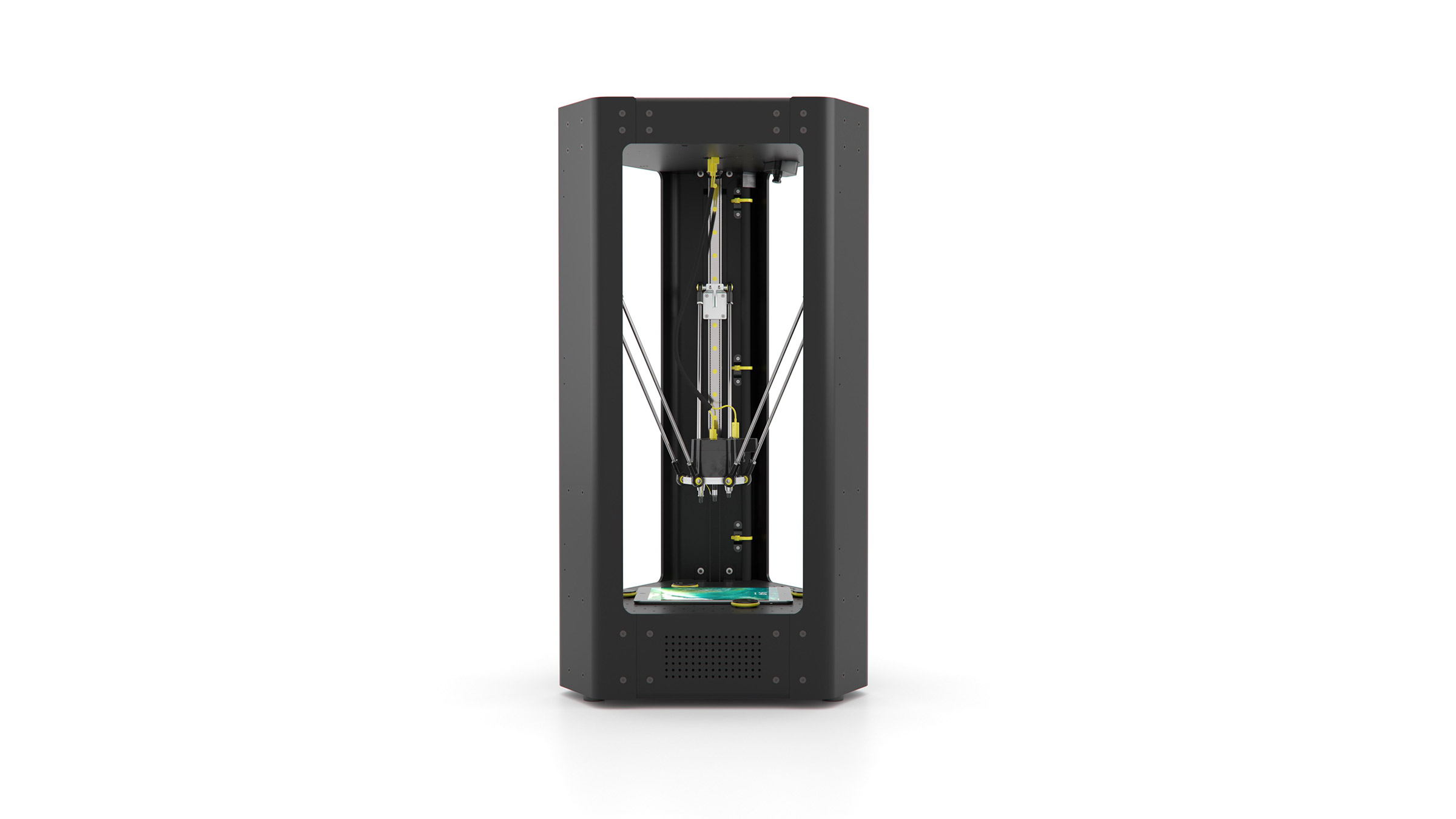When the software is tested manually, the software tester performs an interaction with the device where the software is run, searching for errors and, when the process is complete, repeat the steps over and over again.
That’s when automation can step into the game. The work of automated testers consists in improving, adjusting and optimizing the process, being able to recycle the test that can be reiterated. Engineers are so liberated from repetitive tasks and can spend their time in more important activities involving the software they are working on.
Automated software testing is both time and costs saving.
Touch-screen devices, as infotainment systems and smartphones, come with the challenge of providing a pleasant screen-user experience: we all know how frustrating it can be to use a tool that does not respond accurately to our manual inputs.
The best way to achieve the goal of offering a flawless interaction to the end-user involving automation is to replicate, instead of merely simulating, the user experience. Test Automation Robots, as MATT, can come to the aid.
MATT is a complete testing solution for devices that incorporate any physical input such as touchscreens or buttons.
With a custom end effector that emulates any multi-touch gesture, like tapping, pinching, swiping and rotating, two high-resolution cameras and an included computer vision API, alongside powerful electronics and robust structure, MATT can perform full test cycles for both hardware and software, thus relieving manual testers of repetitive tasks.

When it comes to Automotive, MATT can be successfully employed to test touch-screen tools.
We run a demo test on a luxury car’s infotainment system, and the features we focused on are:
MATT interacts with the device thanks to its computer vision system, records the test and takes a picture when one of them fails, logging the outcome for verification, evaluation and solution.
MATT is entirely developed in house by RINF TECH to help all companies who need to test software on touch-screen devices achieve consistent results and increase productivity, running tests continuously with maximum accuracy.
Copyright © 2023 rinf.tech. All Rights Reserved.
Terms & Conditions. Cookie Policy. Privacy Policy.
Politica Avertizari de Integritate (RO)